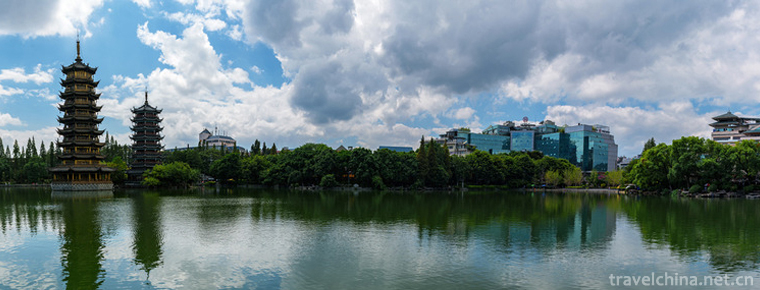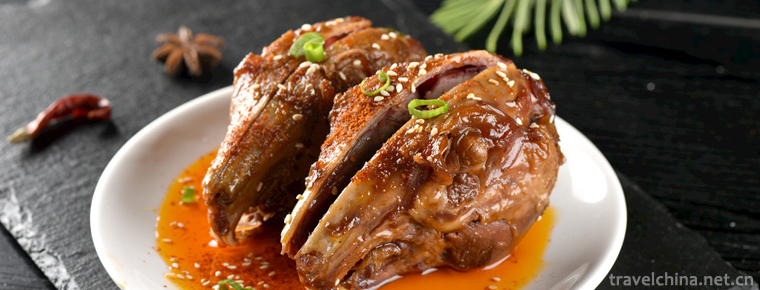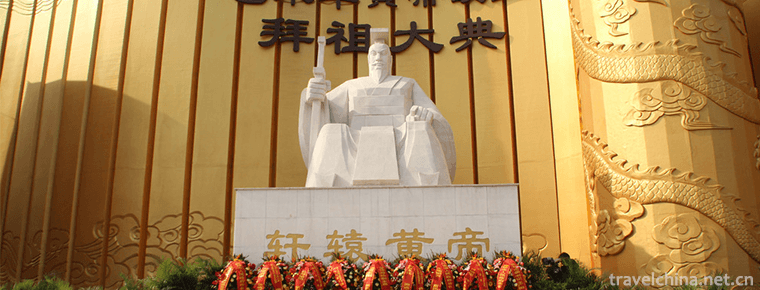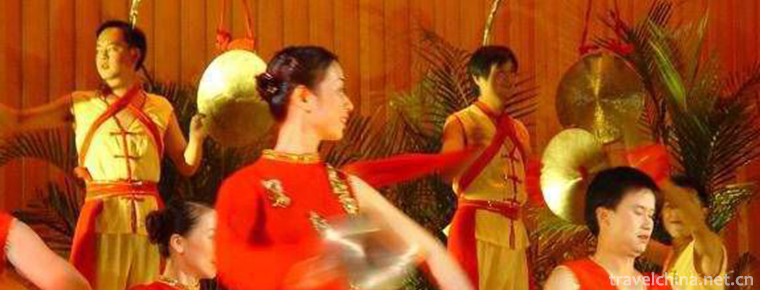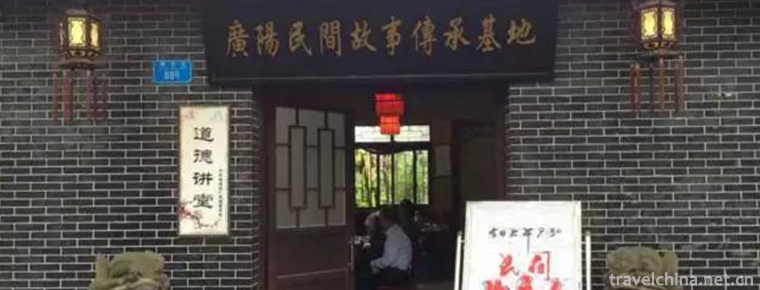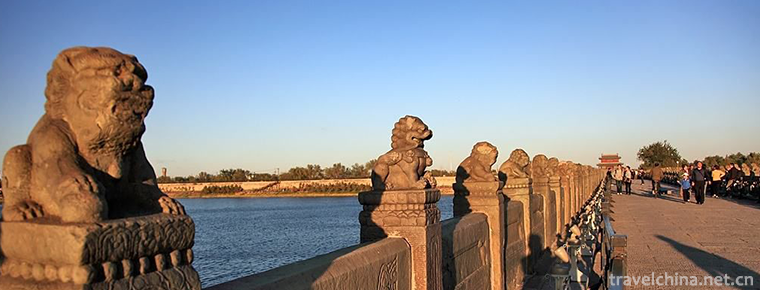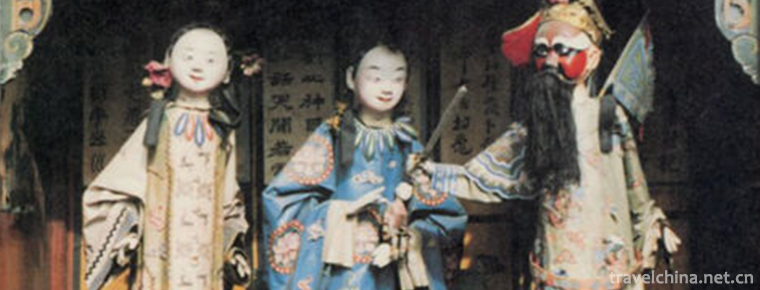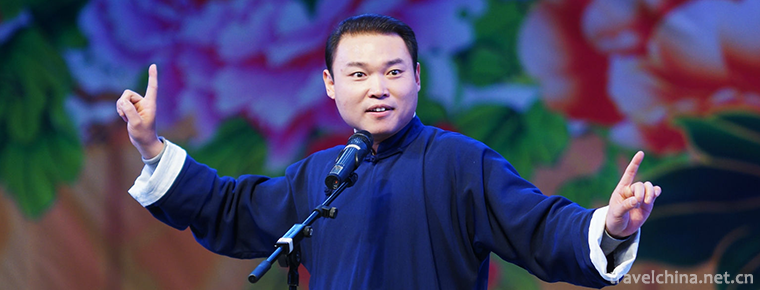Major tune
Major tune
The major tune was originally called "drum tune". Varieties of Quyiqu. It was first prevalent in Kaifeng, Henan Province, and then spread to Luoyang, Nanyang and other places. It has a history of about 200 years. By the end of the Qing Dynasty and the beginning of the Republic of China, the artists who sang drum tunes used various kinds of miscellaneous tunes with concise melodies and easy to speak to make folk dance and singing when walking on stilts, which was called minor tunes, the predecessor of Henan Opera. At that time, the drum tunes in Kaifeng and Luoyang area gradually declined because of the prosperity of minor tunes, while the drum tunes in Nanyang area not only remained, but also had new development, which is the major tunes that have been developed so far. It has more than 200 opera cards, which can be divided into three categories: big, Kun and miscellaneous. There are two types of music structure: singles and combination of Qupai. The accompaniment instruments are mainly plucked instruments, such as three strings, Pipa and Zheng. The percussion instruments include sandalwood board and octagonal drum. In the old days, there were no professional artists. Most of them were amateurs singing around the table during their breaks, and they cut each other's skills. After liberation, professional actors were trained and put on the stage.
historical origin
From Ming and Qing folk songs. After the Guziqu of Bianliang was introduced into Nanyang, it absorbed some pieces of Shaanxi Quzi and Hubei Xiaoqu. After it was introduced into Nanyang during the Qianlong reign of Qing Dynasty, it gradually formed a variety of tunes different from Kaifeng Guzi tune. It absorbed the local opera tunes after Qianlong, such as "Shipai Tune", "Blowing Tune", "Xipi Tune" and "Erhuang Tune", and formed Nanyang Major tune different from Kaifeng Drum Tune.
In the 1930s, drum tunes were renamed major tunes because Henan operas were commonly known as minor tunes. Nanyang Major has a long history. Singing was performed in the Ming Dynasty. During the Qing Dynasty and the Republic of China, Nanyang Major tunes were frequently sung. After the founding of the People's Republic of China, Nanyang major tunes have been greatly developed. In the 1960s, Nanyang's quyi writers created a large number of new tunes. Most of the tunes in Nanyang Major were rhyme style, short lyrics, and a few of the life tunes were added with narration.

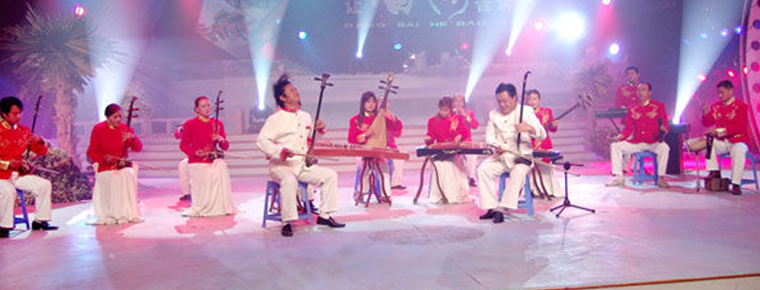
-
Guilin two rivers and four lakes
Guilin's "two rivers and four lakes" refer to the Lijiang River.
Views: 154 Time 2018-10-12 -
Rabbit head
Rabbit head is a traditional snack in Sichuan Chengdu, Shanxi Datong and Zhejiang Quzhou. .
Views: 225 Time 2018-10-13 -
Mount Jiuhua Scenic Area
Jiuhua Mountain Scenic Spot is located in Anhui Province, China. The northwest is across the Yangtze River and Tianzhu Mountain, and the Southeast .
Views: 110 Time 2018-12-08 -
Hometown of Huang Di
The scenic spot of Huangdi's hometown is located in Xuanyuan Road, Xinzheng City, Zhengzhou City, Henan Province. It is the residence of Xiong clan recorded in the history.
Views: 162 Time 2019-01-18 -
Hill hinge
Originated in Xixing and Longgang of Pingchang County, northeastern Sichuan Province, it is a traditional folk dance that spreads in Dazhou, Bazhong and some counties (cities and districts) under the .
Views: 316 Time 2019-04-29 -
Folk Stories in Guangyang Town
"Guangyang Folk Stories" is the general name of folklores and stories widely spread in Guangyang Town. Guangyang folk tales are popular in the local area..
Views: 188 Time 2019-05-01 -
Legend of Lugou Bridge
The legend of Lugou Bridge is very rich in content, including the construction of Lugou Bridge, the lion on Lugou Bridge, Lugou pier chopping dragon and sword, Lugou Xiaoyue, Lugou Bridge and Wanping .
Views: 365 Time 2019-05-15 -
Pingyao Shage Player
Pingyao Shage Opera, commonly known as Shage Renren, also referred to as Shage, is one of the traditional handicraft techniques in Pingyao, Shanxi Province. Because it was usually placed in the cabine.
Views: 230 Time 2019-06-09 -
yangzhou storytelling
Yangzhou Dialect Commentary is a kind of folk art storytelling in Yangzhou dialect, which was developed in the early Qing Dynasty and popular in northern Jiangsu and Zhenjiang, Nanjing and Shanghai..
Views: 96 Time 2019-07-10 -
North China Electric Power University
North China Electric Power University is a national key university directly under the Ministry of Education. It is a key construction University of "211 Project" and "985 Project Advant.
Views: 245 Time 2019-09-22 -
Climate characteristics of Mianyang
Mianyang City belongs to the humid monsoon climate zone of north subtropical mountain. In 2016, the average temperature was 17.9c, the days of excellent air quality were 279, and the average annual precipitation was 823.3mm. .
Views: 87 Time 2020-12-14 -
Leshan social security
By the end of 2018, there were 652700 employees participating in the basic endowment insurance for enterprise employees in Leshan, an increase of 27000 over the end of the previous year. 1.2567 million people participated in the endowment insurance for urban .
Views: 325 Time 2020-12-17
